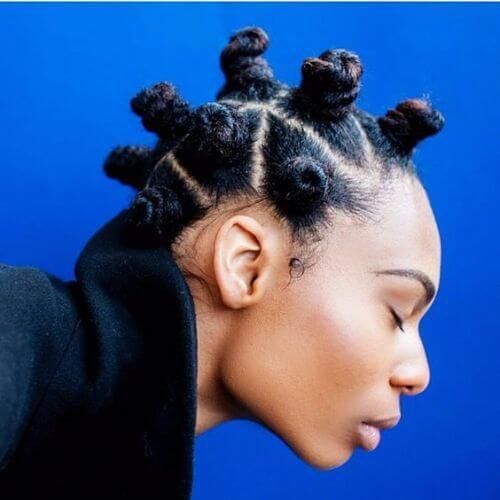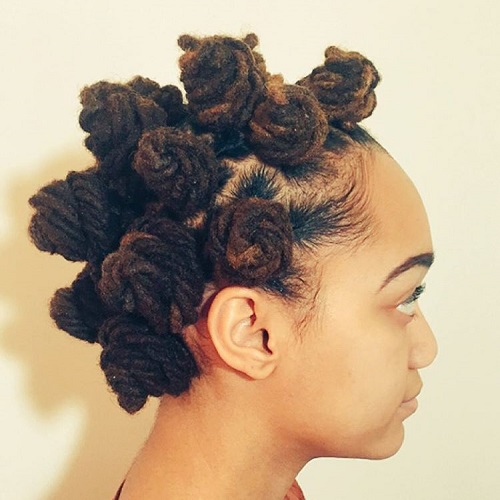6 Tips for the Best Bantu Knot Out Ever
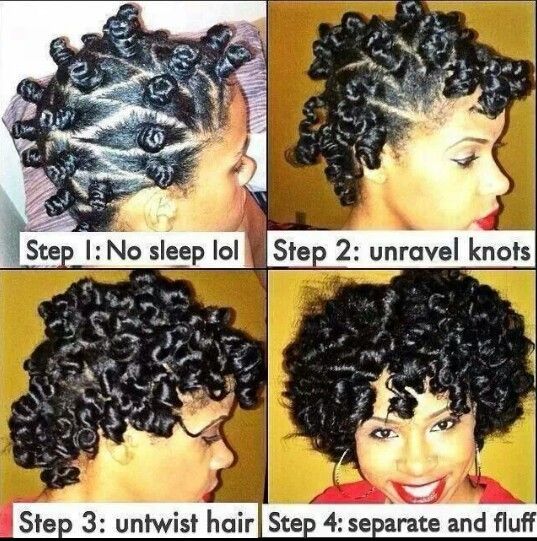 I have been struggling with bantu knot outs since I first began my transitioning journey! Out of all of the styles I’ve tried, bantu knot outs have given me the most problems to date, and I’m sure there are a few naturalistas out there that may agree.
I have been struggling with bantu knot outs since I first began my transitioning journey! Out of all of the styles I’ve tried, bantu knot outs have given me the most problems to date, and I’m sure there are a few naturalistas out there that may agree.
The truth is, just like every other style, bantu knot outs almost have a science to them. Although they may not come out perfect every time, they can still look great. And, after watching some of my favorite bloggers (and through trial and error), I think I’ve officially learned a few tips for getting the best bantu knot out. Read the tips below and add your own tips in the comments!
Section
Sectioning hair is important when doing any style. Although you don’t have to always use a comb to make neat, distinguished sections, you still want to make sure that your sections are the appropriate size.
Larger sections will give you a looser and wavier bantu knot out, however smaller sections will mean a smaller and tighter curl.
Keep the rest of your hair sectioned and out of the way each time that you work on a section, just so that it’s easier to manage. You will find that sectioning your hair makes doing the rest of style much easier and it causes you to take less time doing the following steps.
Detangle
Always detangle your hair fully before attempting a fresh style. Otherwise you can have knots and tangles in your hair, or the style won’t come out as neat.
Either finger detangle, use a denman brush*, Tangle Teaser, or a wide tooth comb* for each section. It will also make it easier to install the style, and it will come out sleek once it’s finished. As always, detangle from ends to root to remove shed hair and prevent excess breakage.
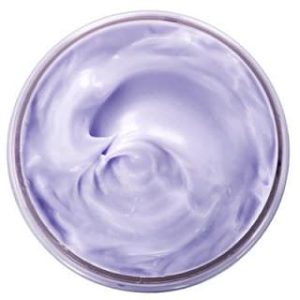 Use a great product
Use a great product
The type of product you decide to use for a bantu knot out depends on your hair type and preference. Some people only use a small amount of leave in conditioner* to achieve a lightweight hold, while others may use a heavy styling gel for extra shine, definition, and hold.
If you have a finer hair texture, maybe use a moisturizer to pudding for a hold that won’t leave your hair limp or over saturated. If your hair is thicker or has a hard time holding on to a curl, use a heavier product like gel to give you the definition you want.
If you do decide to use a gel, apply it to your section and follow up by applying an oil directly after. This will lock in the shine (especially in you’re doing this style on wet hair), and it will prevent the hard, dry, crunchy feeling that gels can some times leave. Applying the oil also ensures that your hair will be soft and bouncy once you take down your bantu knots.
Perfect your knot!
One of the biggest mistakes made when doing bantu knot outs is not wrapping the knot correctly. It’s important to make sure that you twist your strand tightly around itself, whether you’re doing a one strand bantu knot or a two strand twist before you knot.
As the strand begins to wrap around itself, make sure that each layer sits underneath the next. You want the final knot to stick out from your head instead of laying flat. That way, you will get the perfect curl that you were looking for on the take down.
Some knots may get flattened overnight in your sleep (because these ARE uncomfortable to sleep in), so you can always sit under a blow dryer* instead to set the style without unnecessary inconvenience.
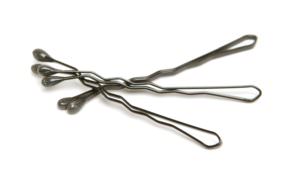 Secure with bobby pins*
Secure with bobby pins*
There could be a few possible reasons why your hair won’t hold on to the knot. Your hair could be straight, the section too thick, or a variety of other reasons.
If that happens, and you feel like any of your bantu knots will fall out before you’re ready to take them down, use a bobby pin to secure it to your head. Place the bobby pin at the root of your bantu knot, holding the ends, to keep it from falling down.
Unravel gently
Whether you believe it or not, how you take down your curls is important and can make the difference in how a style comes out. Apply a small amount of oil to your fingertips before taking down your bantu knot to avoid frizz.
Instead of yanking at the knot to pull it down, gently twist it in the opposite direction until it begins to loosen. Unravel it gently to the bottom before separating and fluffing it.
The best way to master any hair style (bantu knots included), is through nothing but constant practice! Try using these tips the next few times that you try bantu knots and see if they make any difference on the style. If so, this could possibly become one of your new favorite styles!



